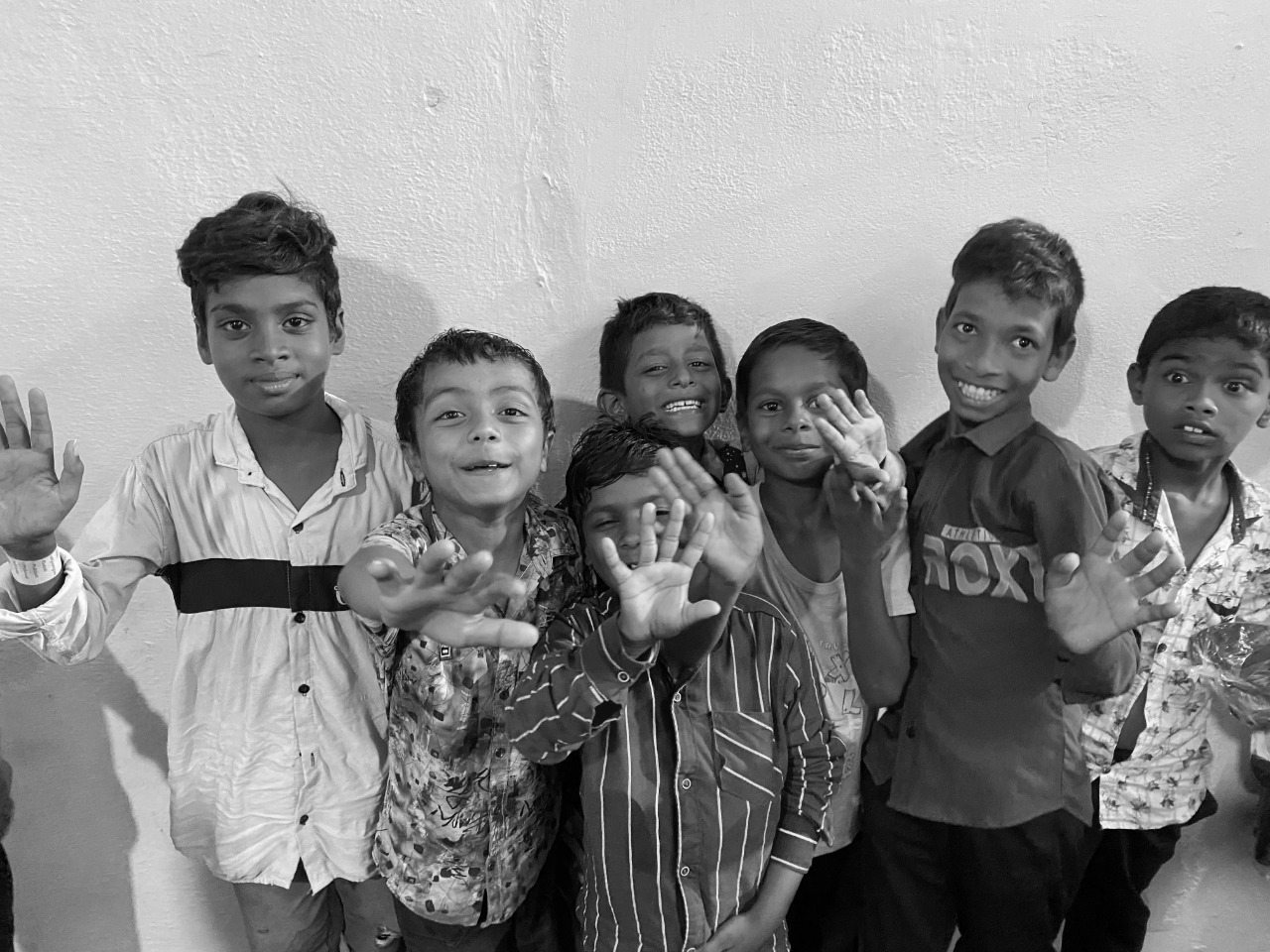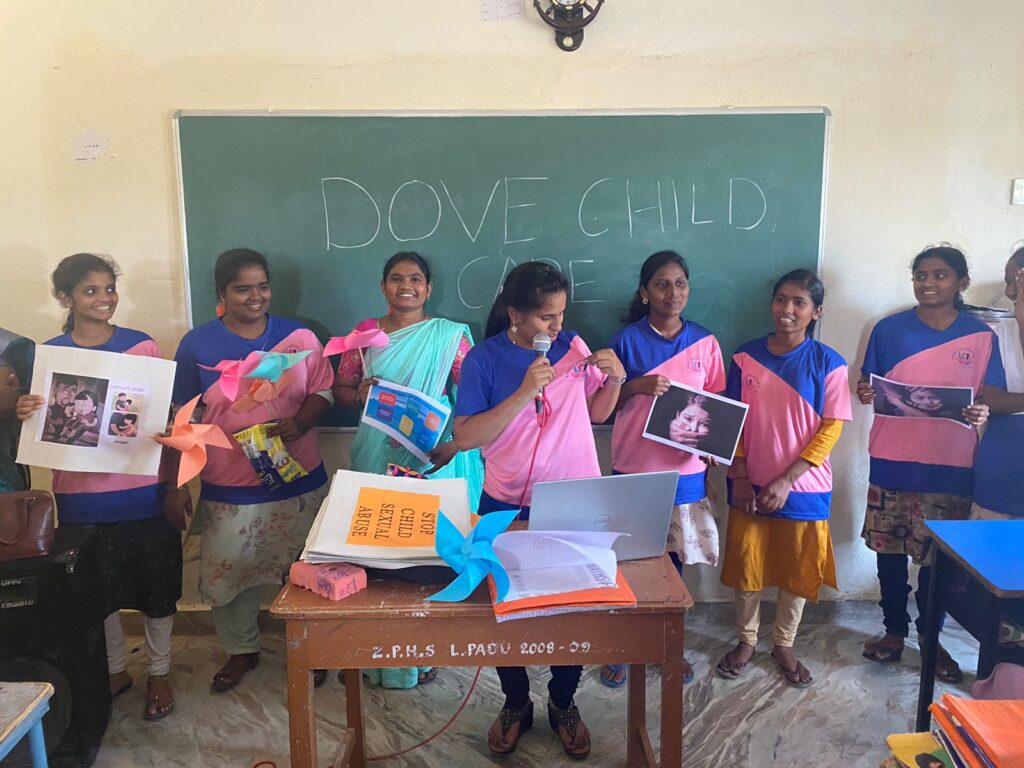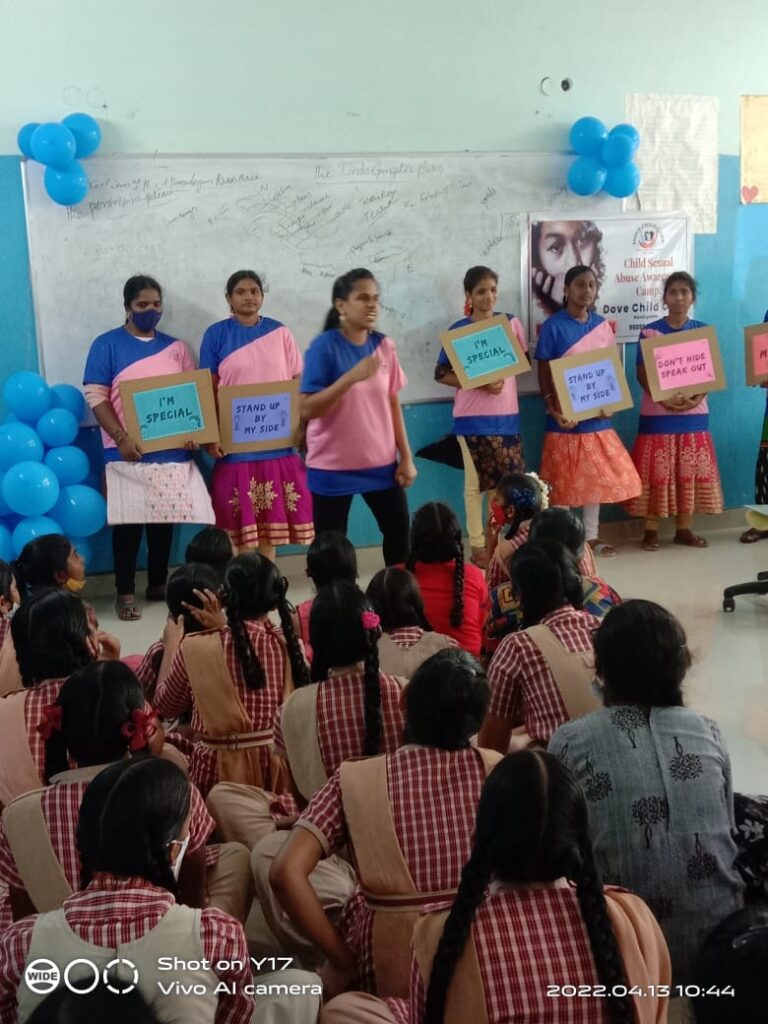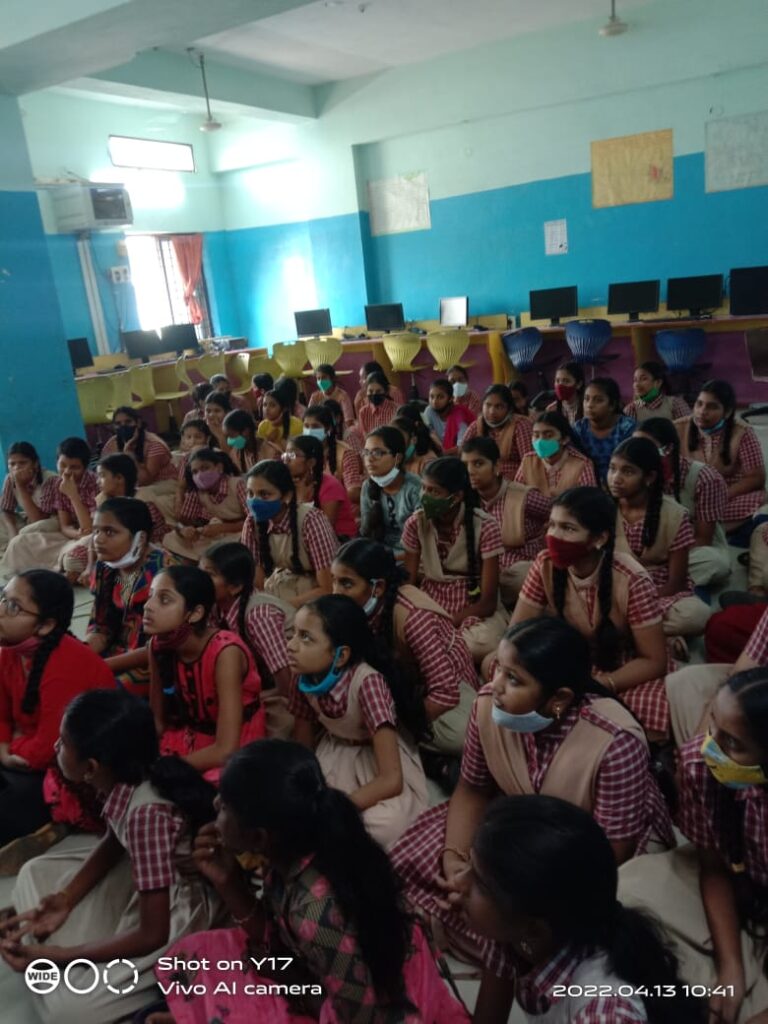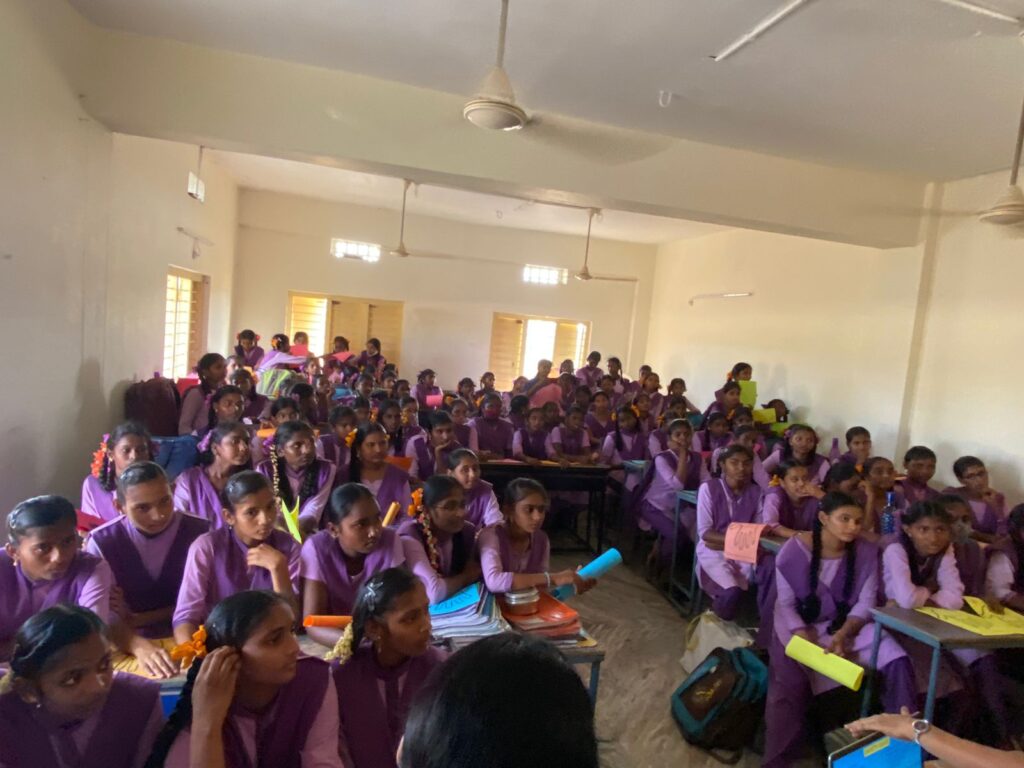Sexual violence against children concerns all countries, all social backgrounds, all cultures and all religions.
When a child is sexually abused, the perpetrator is almost always someone close to the child.Children are the first victims of sexual violence, and among them, children with disabilities are the most affected.When a child is sexually abused, one out of five times a woman is the perpetrator.
There is no minimum age for being a victim of sexual violence.When a minor is a victim of sexual violence, one out of every two times it is a minor who is the perpetrator.
Before puberty, girls and boys could be victims in the same proportions.To limit sexual violence, it is important to help both victims and perpetrators.
Teach and train girls and boys to protect themselves from the abusers.
There are many safety messages that can help children to more easily identify, prevent and stop abuse. Parents and teachers must pass these on according to the child’s cognitive capacity. Rather than frighten children, this will increase their ability to identify risk, model proper strategies and boost their courage to take action.
“Your body is your own”. Teach children that their body is their own and that no one can touch it without permission.Establishing open and direct communication at a very early age about sexuality and “private body parts”, using the correct names for genitals and other parts of the body, will help children understand what is and what is not allowed for adults in contact with them. This will also help them recognize embarrassing or abusive behavior.
Safe and unsafe touching. Teach children the difference between safe/appropriate and unsafe/inappropriate touching.Tell children it is not okay if someone looks at or touches their private parts or asks them to look at or touch someone’s private parts, and that inappropriate touches are wrong and against the law. If they are not sure whether someone else’s behavior towards them is acceptable, make sure they know to ask a trusted adult for help.
“No! Go! Tell!” strategy. Children should be taught and trained to instantly and firmly say “No” to inappropriate physical contacts, to get away from unsafe situations and to tell a trusted adult as soon as possible. It is particularly important to stress that they should continue telling trusted adults until they are listened to and believed and until measures are taken to restore their safety.
A bad secret and a good secret. Teach children the difference between a bad secret and a good one (a surprise). Secrecy is the main tactic of sexual abusers. They ensure it in many ways, from bribes to serious threats. Given that children are taught not to betray an adult’s confidence in them and that they should not “sneak” or air dirty linen, they often get confused. Therefore, they should be taught to differentiate between “bad secrets” and “good secrets”. Every secret that makes them anxious, uncomfortable, fearful, or depressed is not good and should not be kept but reported to a trustworthy adult.
The offender is a known person. For children, especially younger ones, it is hard to understand that someone who knows them could abuse them. Parents must keep in mind the grooming process that offenders usually employ to win both their and their children’s trust. Informing regularly about someone who gives gifts, asks children to keep a secret or tries to spend time alone with them must be a set rule in the home.
The offender is a stranger. Although this is a less common situation, children must be warned of the risk of attack or kidnapping by a stranger. They should know that such persons look and behave normally, maybe friendly and caring and that they can be females as well. Teach children safety rules: instruct them never to get into a car with anyone they do not know, nor to accept gifts or invitations to someone’s home without their parent’s permission. If a stranger proposes any of these, they must instantly get away and tell parents or a trusting adult. Self-defense skills and screaming are proven, useful tools that will discourage many ambivalent perpetrators or those in fear of being caught . Children must be told that not all strangers, not even the majority of them, are dangerous. They should know that in dangerous situations they can also get help from strangers (policemen, sales assistants, or any parent with children). It is a good idea to establish a family plan in case a child gets lost Sexual violence against children – Preventing and reporting in a public place – define a meeting point and a person to ask for help. Children should also be made aware of tricks that kidnappers frequently use, such as telling a child that their parents have had an accident and that they will take them to the hospital. Children should know to first check this information with a trusted person.
Seeking help. Children should be taught how to obtain help from trusted adults and other resources in the local community. This will encourage disclosure of sexual abuse. Disclosure can only improve a child’s situation by ending or shortening abuse, mobilizing assistance, and reducing isolation.
Having open communication with children builds relationships that are based on mutual confidence and increase the likelihood of a disclosure. Trusted adults, including a family member, a teacher, or another person can give advice and help children address the problem and find relief. Having such a person to turn to increases children’s confidence that solutions can be found to their problems.
Safety network. Children need to be instructed about adults who can be part of their safety network. They should be encouraged to select adults whom they trust, are available and ready to listen and help when needed. Only one member of the safety network should live with a child; the others should be outside the immediate family circle in case the problem is home related. Children should know how to seek help from a network member. If children are clear about how to do this, it is probable that they will do so if necessary. It should be a rule to seek help until the problem has been resolved and the child’s safety re-established.
Helping others. Encouraging empathy, friendship and caring relations among children facilitates their pro-social behavior and understanding that their peers can also be a source of help.
